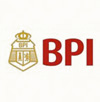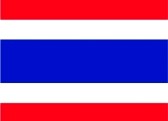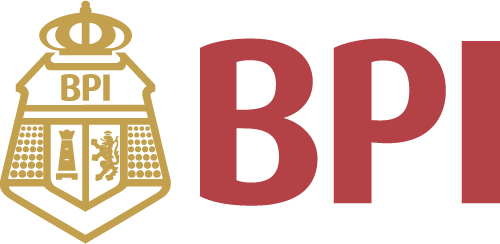All Categories





Color Blindness Ishihara Vision Testing 38 Charts | Color Deficiency Test Book with Numbers | Ishihara Plates for Testing All Forms of Color BlindnessBy Shinobu Ishihara Japanese Surgeon (Blue)
Share Tweet








Color Blindness Ishihara Vision Testing 38 Charts Features
-
♥【Improved &Upgrade Design in 2021】- 38 Plate Book Latest Edition with Instruction Manual
-
♥ 【 Accepted by leading authorities】- As a simple and accurate method for discovering congenital color blindness and red-green blindness, each in two forms, complete and incomplete
-
♥ 【Includes four special plates】- For tests to determine the kind and degree of defect in color vision.
-
♥【 Makes use of the peculiarity】- That in red-green blindness, blue and yellow appear remarkably bright compared with red and green.
-
♥ 【Color plates encased】- In specially designed album-type books for ease of handling. Detailed instructions included.
About Color Blindness Ishihara Vision Testing 38 Charts
The Ishihara color blind test was invented by Dr. Shinobu Ishihara in 1916 while he held a military position in the Japanese Army. The test consists of a number of Ishihara plates, each of which depicts a solid circle of colored dots appearing randomized in color and size. The full test consists of 38 plates, but the existence of a severe deficiency is usually apparent after only a few plates. Test Procedure - Being a printed plate, the accuracy of the test depends on using the proper lighting to illuminate the page. A "daylight" bulb illuminator is required to give the most accurate results, of around 6000–7000 K Proper testing technique is to give only three seconds per plate for an answer, and not allow coaching, touching or tracing of the numbers by the subject. The test is best given in random sequence, if possible, to reduce the effectiveness of prior memorization of the answers by subjects. Some pseudo-isochromatic plate books have the pages in binders, so the plates may be rearranged periodically to give a random order to the test. The United States Navy uses the Ishihara plates (and alternatives) for color vision screening. The current passing score is 12 correct of 14 red/green test plates (not including the demonstration plate). Research has shown that scores below twelve indicate color vision deficiency, and twelve or more correct indicate normal color vision, with 97% sensitivity and 100% specificity. The sensitivity of the Ishihara test varies by the number of plates allowed to pass, which can vary by institutional policy. Sensitivity also may be influenced by test administration (strength of lighting, time allowed to answer) and testing errors (coaching by administrators, smudges or marks made upon the plates)






























